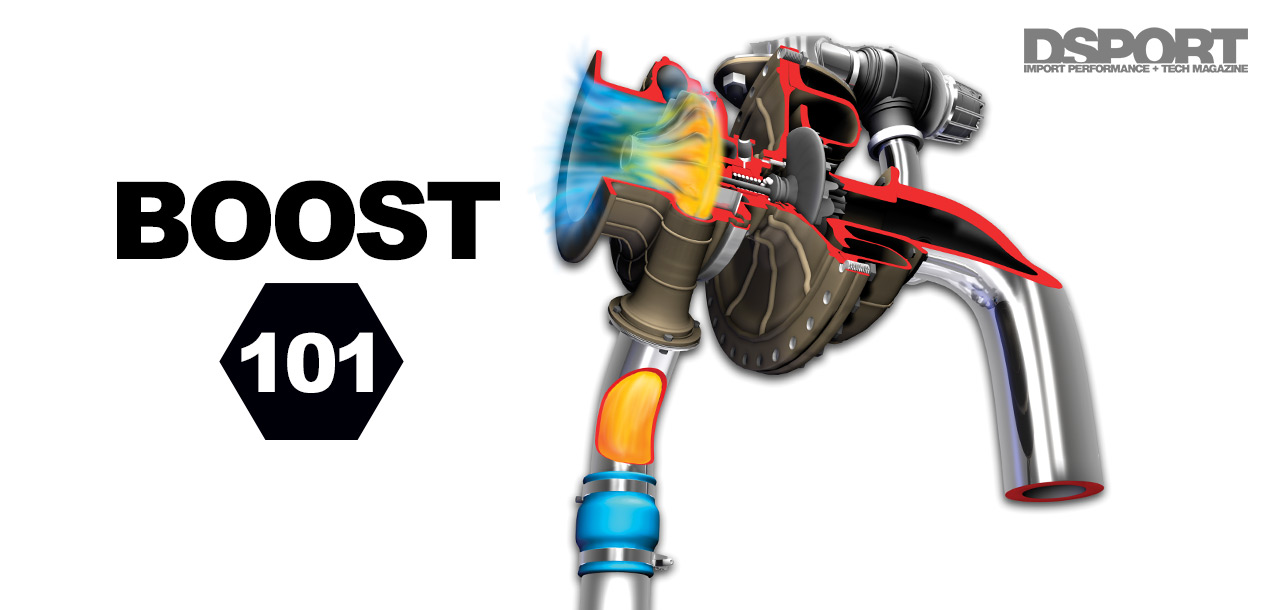More power. We all want it and there is usually more than one way to get it. Serious solutions will involve a “power adder” in the form of a supercharger, turbocharger or nitrous-oxide injection system. These power adders can add anywhere from 30-to-300-percent more power. Since the previous section was […]
Read More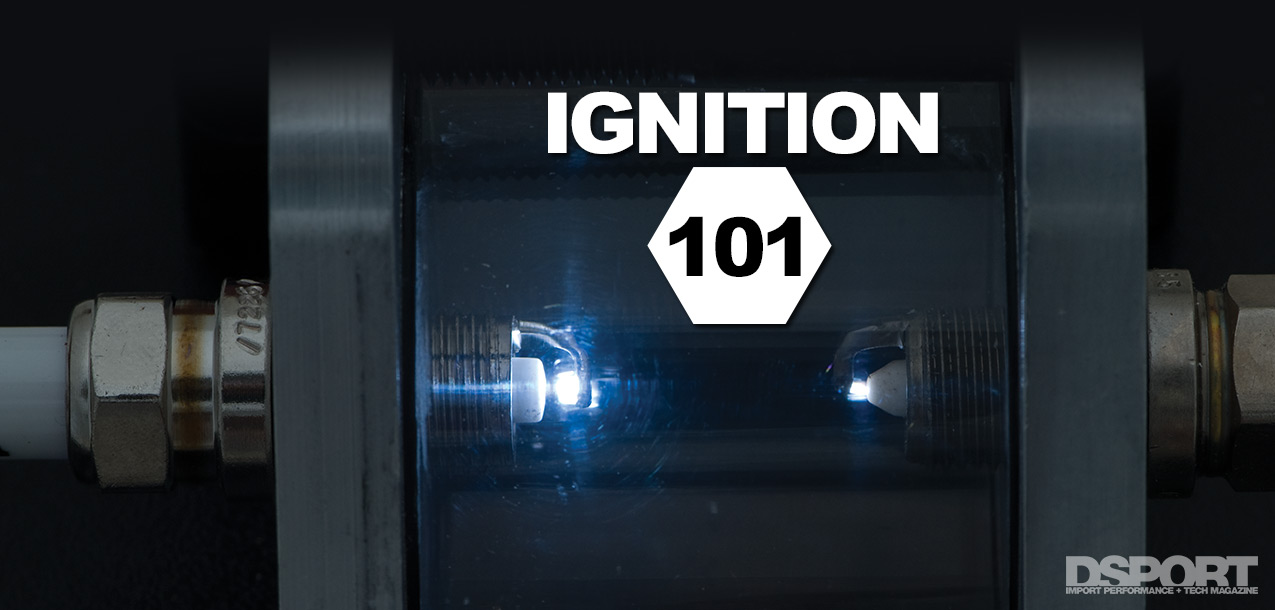
Ignition 101: Understanding Ignition Systems for Maximum Performance
In the 4-stroke symphony performing in your engine bay, when a spark plug misses its cue and doesn’t fire, the results are definitely not harmonious. There is a loss of power and fuel is sent through the engine without ever extracting any of its energy. All of your attempts to […]
Read More
Nitrous Oxide 101: The Last Laugh
More power at the push of a button. We’ve all been in a situation where we wished we could just floor the throttle, hit a button and have an extra 50, 100 or 150 horsepower to break-off an opponent while our car accelerates quicker than ever before. What sounds like […]
Read More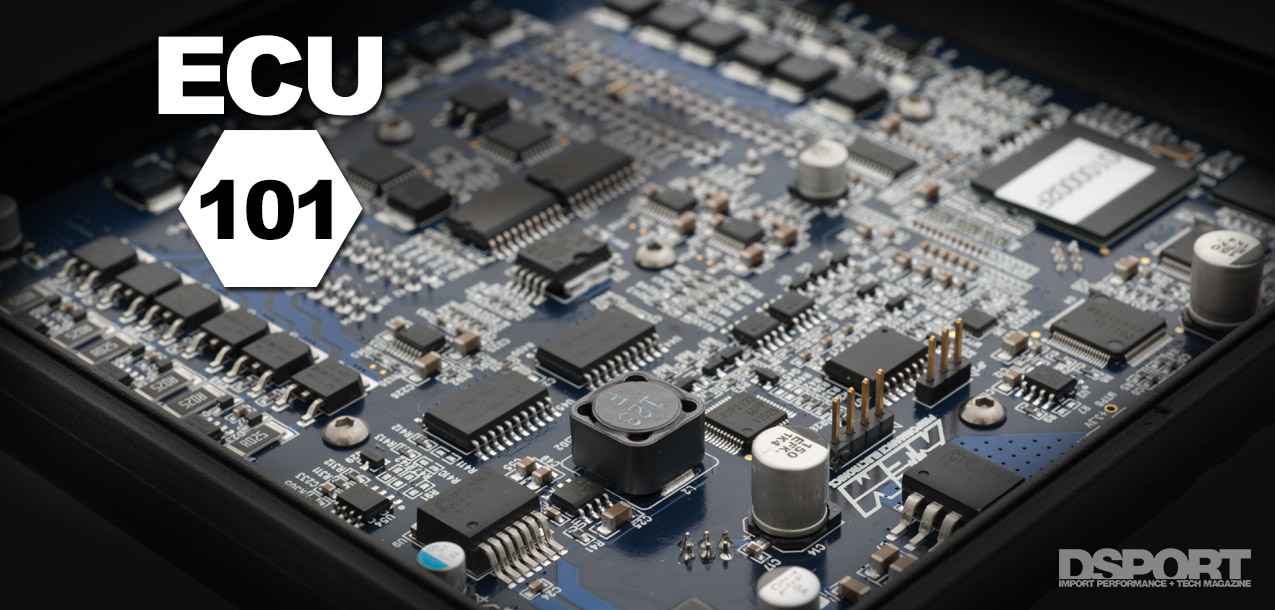
ECU 101: Engine Management Systems Explained
In many modern vehicles, more and more systems are controlled by microprocessors. As technologically advanced sensors are able to measure various engine and driving conditions on- the-fly, the input from these sensors is collected, analyzed and submitted to a master computer. This master computer, the engine control unit (ECU) or […]
Read More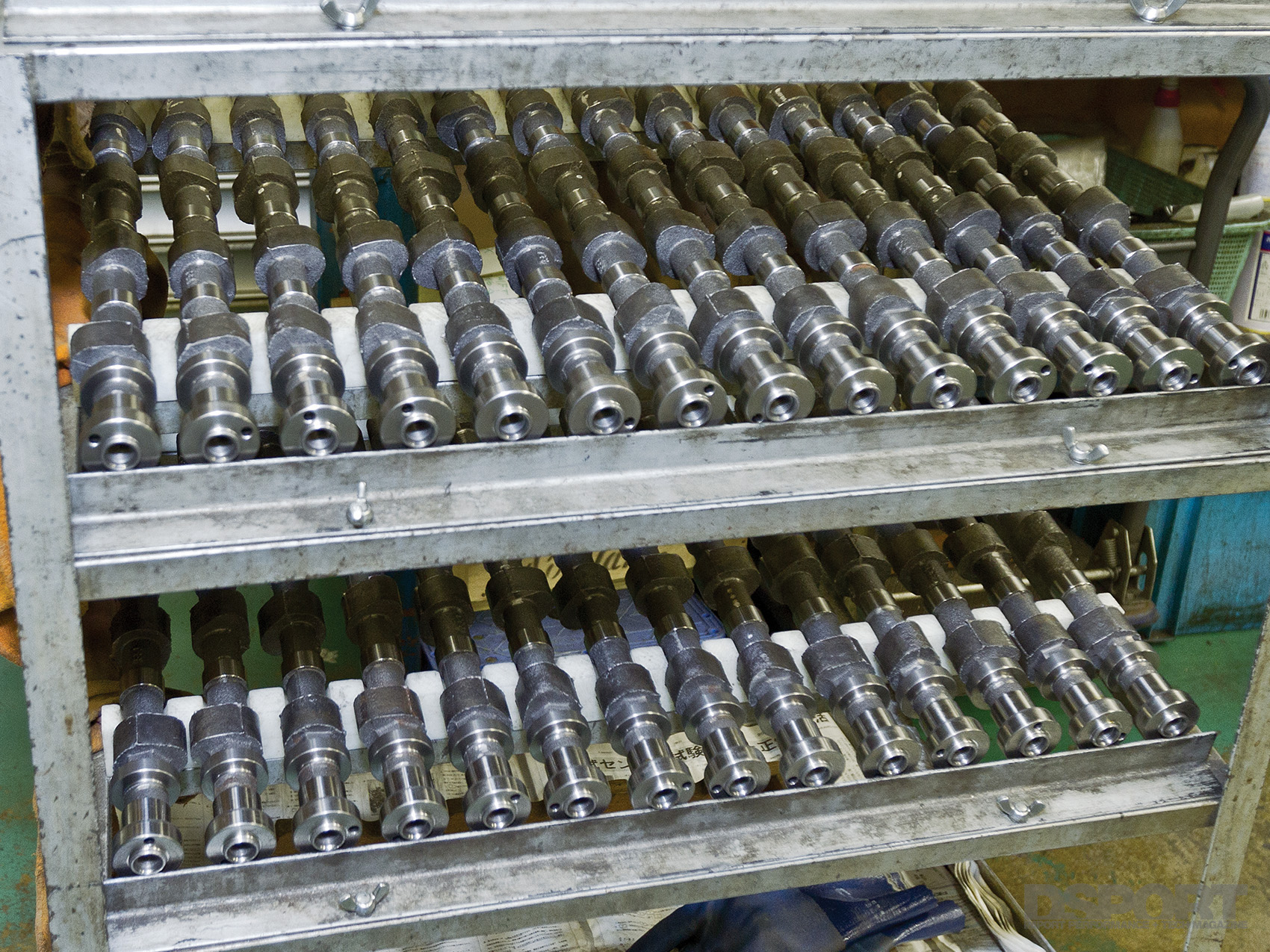
Camshaft Tech 101
While performance camshafts are the most important component selection on an “All-Motor” build, many underplay the importance of proper camshaft selection on forced-induction applications. However, the reality is that a proper set of cams might easily add 100 horsepower or more at the wheels without changing boost pressure. With or […]
Read More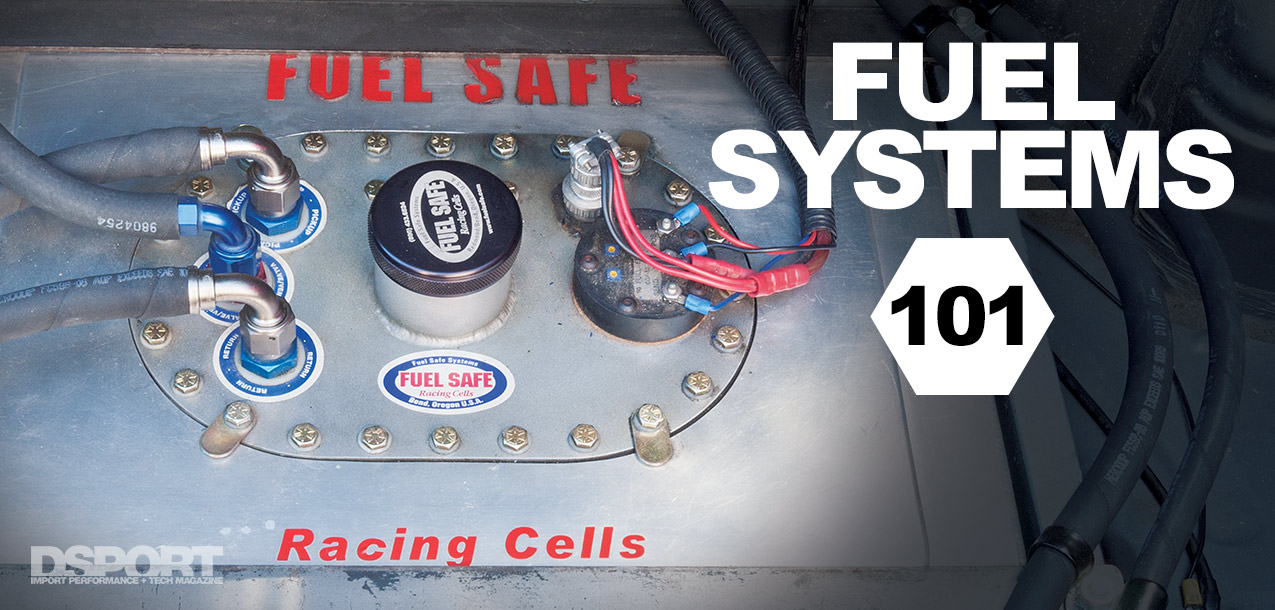
FUEL SYSTEMS 101: Ensuring Your System is Well-Fed
Your car’s fuel system encompasses the following components; the gas tank (or fuel cell), the fuel pump(s), the fuel rail(s), and the injectors. There are two main types of fuel delivery found in modern engines: the return system and the non-return fuel system. In a return-type system, the fuel not […]
Read More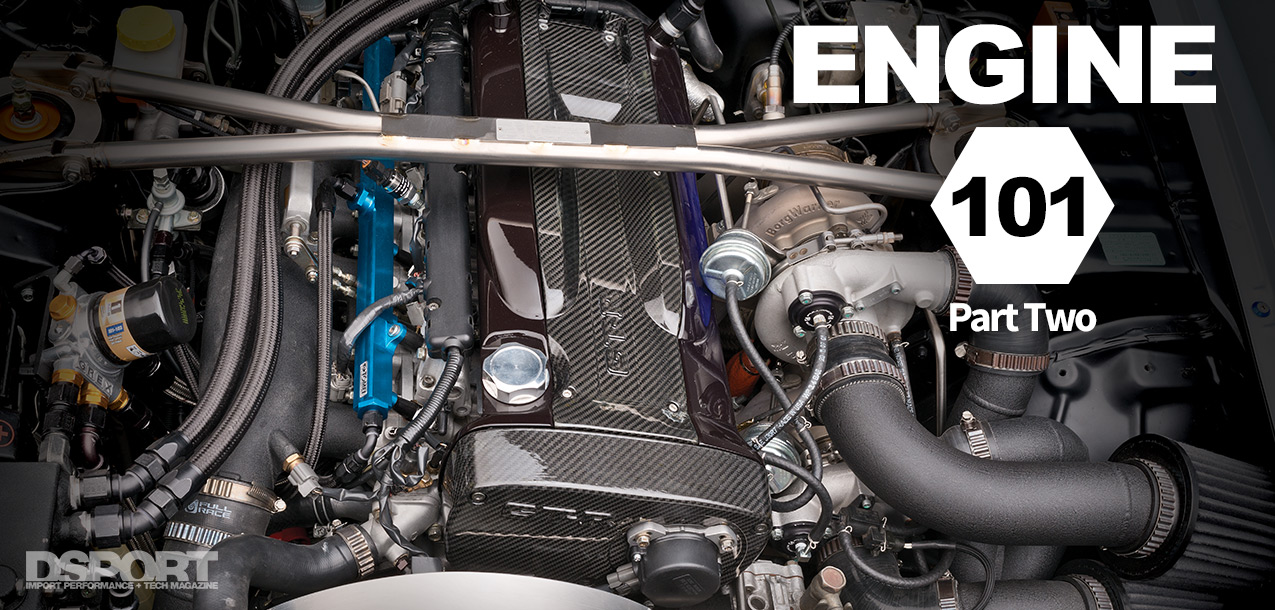
ENGINE 101 PART 2: Engine Basics for Dummies
Now that you know all of the basic parts of an engine and what they do, it’s time to understand how they work together in a system. Almost all cars use 4- stroke engines to turn the chemical energy of gasoline into power. Manipulation of the 4-stroke cycle is essential […]
Read More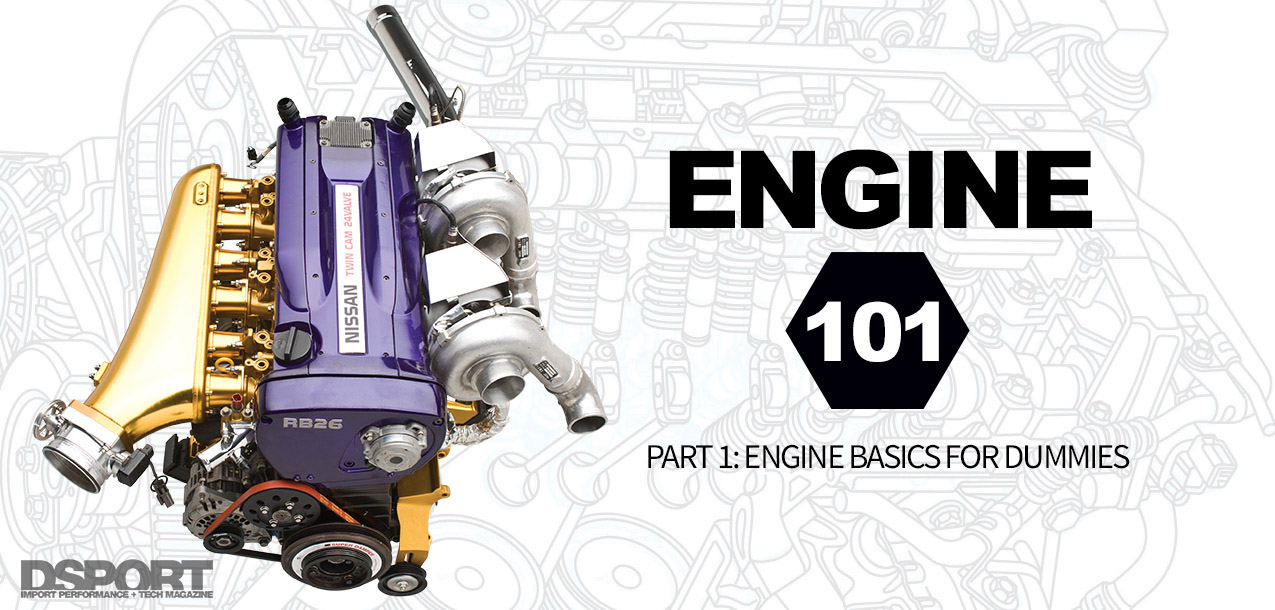
ENGINE 101 PART 1: Engine Basics for Dummies
DO YOU FIND THAT YOU’RE ADDICTED to the thrill and speed of driving fast, but don’t know the first thing about what’s actually going on under the hood? Do you want to know more about what’s happening without having to attend Auto Shop 101? Are you intimidated by the tech […]
Read More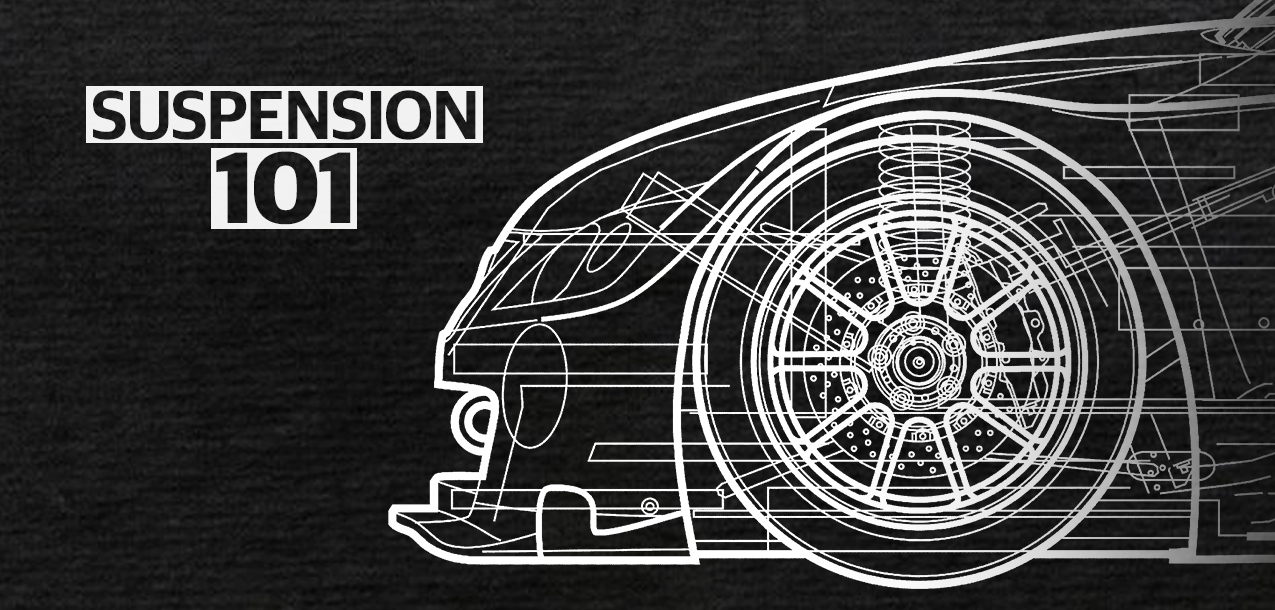
SUSPENSION 101: Everything You Wanted To Know About Vehicle Handling
Making your car handle well is a really complicated task if you overthink it. Ride frequencies, roll centers, camber curves, scrub radii; it’s enough to make you build show cars instead. So, I have an easy solution for you: ignore all of that stuff. Odds are that you can make […]
Read More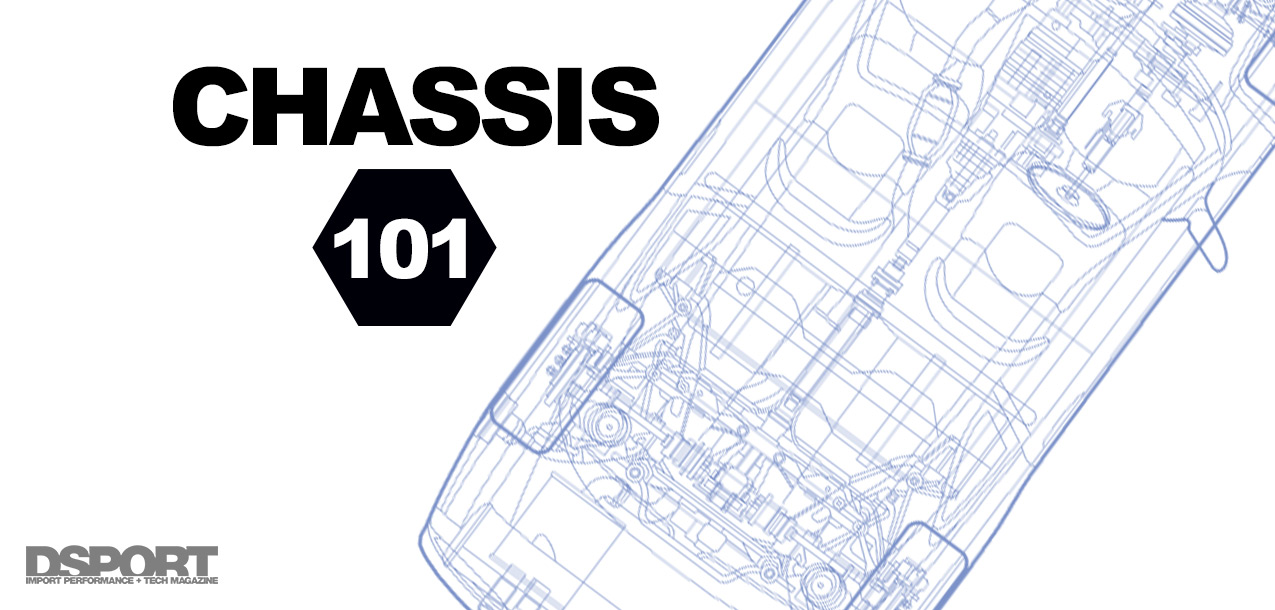
Chassis Tuning 101: Minimizing Flex Improves Performance and Handling
TAKE TWO NEARLY IDENTICAL VEHICLES equipped with the same drivetrain, brakes, suspension, and aero. Set both vehicles to have the same exact final weight and weight balance. If the only difference is the rigidity of the chassis, do you think it will make a difference on the race track or […]
Read More

